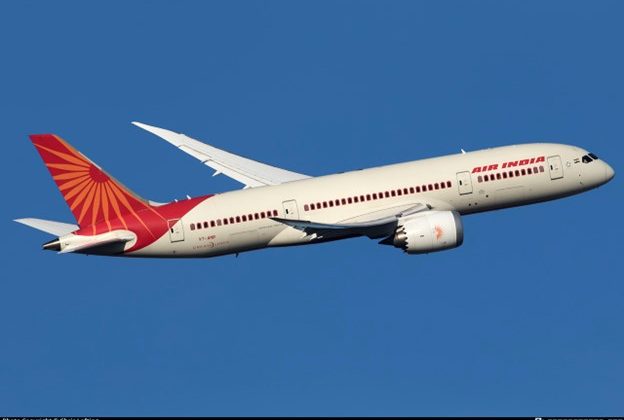
In an age where air travel has become a quintessential part of modern life, airports stand not only as gateways to distant destinations but also as hubs of bustling commerce. Beyond the boarding gates and runways lies a complex web of revenue streams that sustain these colossal transportation hubs. Investigating the financial anatomy of airports unveils a labyrinth of income sources intertwined with the very essence of travel.
Feature Story: Unraveling Airport Revenue Streams

Airports, often seen as mere transition points for passengers, are multifaceted entities thriving on a diverse range of revenue channels. While ticket sales contribute significantly, they represent only a fraction of an airport’s earnings. From parking fees to retail outlets, rental spaces, advertising, and airline charges, the monetary avenues are manifold.
The quest for understanding these revenue streams takes us behind the scenes. It involves dissecting the financial landscape where parking garages and rental car services constitute a sizable chunk of income. Retail shops, duty-free outlets, and food concessions cater not just to travelers but also serve as lucrative sources of revenue through leasing agreements and sales commissions.
Moreover, advertising spaces within terminals and on airport websites offer an additional stream of income. Airlines themselves pay landing fees, gate rentals, and fuel taxes, contributing significantly to an airport’s financial health.
But the landscape isn’t without its challenges. The pandemic-induced downturn in air travel disrupted these financial ecosystems, leaving airports to grapple with decreased passenger numbers, reduced flight schedules, and dwindling revenues. Coping mechanisms, such as cost-cutting measures and reevaluating expansion plans, became imperative for many airports worldwide.
Opinion Piece: The Evolving Nature of Airport Finances
The financial framework of airports mirrors the evolution of travel and consumer behavior. As the world adapts to changing times, airports must continually innovate to sustain revenue sources. The rise of e-commerce and shifting consumer habits present both challenges and opportunities.
Evolving technologies and sustainability initiatives also play a pivotal role. Investments in renewable energy, eco-friendly infrastructure, and smart terminals not only align with environmental consciousness but also have the potential to attract conscientious consumers and investors.
Research Techniques and Ethical Considerations
Investigating airport revenue streams demands a combination of traditional journalistic practices and modern research methodologies. This includes accessing financial reports, scrutinizing public records, conducting interviews with industry experts, and analyzing economic trends. Ethical considerations, including ensuring accuracy, fairness, and maintaining the privacy of confidential sources, remain paramount throughout the investigative process.
Closing Statement
The financial tapestry of airports remains a dynamic subject, shaped by global events, technological advancements, and changing consumer preferences. Unveiling the intricate money trail within these air gateways offers insights not only into their financial resilience but also into the pulse of modern travel and commerce.
As the world navigates a post-pandemic era and embraces a new normal, understanding the nuances of airport revenue streams becomes increasingly crucial, reflecting the resilience and adaptability of these essential nodes in our










